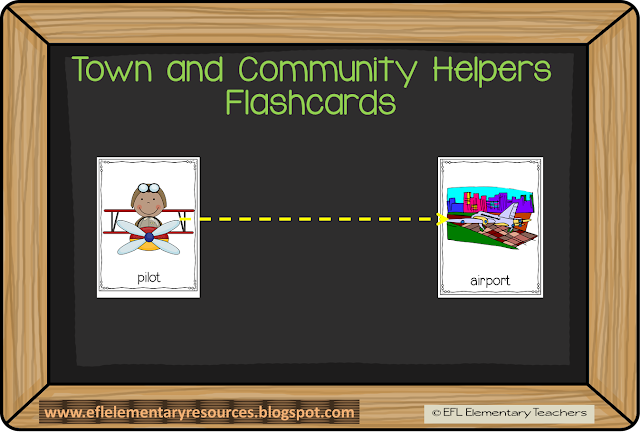Link to the resources:
The resource is also here: https://www.bilingualmarketplace.com/products/farm-unit-for-elementary-efl?variant=37064574369956
Farm Scene. Display the barn and the silo cutout on the board. Ask the children if they can identify the scene.
Students: a farm.
Then start placing the animals on the farm and say the name.
Teacher: This is the cow. What color is
the cow?
Students:
black and white.
Write the word next to each
animal.
Teacher: Is this a hen ?
Students: yes, it is/ No, it isn´t.
As a review, say the name of an animal and have a student go to the board and remove it.
Teacher: Martha, Bring me the rooster.
Have the students write the farm animals words using the printable green
letters and the cutouts, or dictate words and the first student or group to
finish wins.
Sort the animals that live in the barn and the ones that live out of
the barn.
Favorite
farm animal graph. Place the flashcards on the board.
By using the flashcards students
get more speaking practice ,you get them talking as they describe, compare or
answer questions.
Separate each animal
with a line and start writing the student´s name
after asking each student which is their favorite farm animal. Then have the
students talk about the results.
Teacher: Which is Emily´s favorite
animal?
Students:
rooster!
Teacher:
Who likes the cow?
Students:
Will and David!
Possessive
nouns. Place the farmer flashcard in the middle of the board and all flashcards that belongs to the farmer as in a mind map. Model a sentence.
Teacher: Who is she?
Students: the farmer.
Teacher: This is the farmer´s tractor.
Teacher: What is this?
Students: It's a barm.
Teacher: Whose barn is this?
Students: It's the farmer's barn.
I made this interactive book to review the possessive nouns.
I wanted the book to be interactive. I saw this idea on Pinterest and
gave it a try. It is not hard to do, I would suggest that you use a lightweight
yarn instead of twine like I did. Place a tape to each cutout behind the book.
First the students have to trace all the sentences and color the
scene. Then as they read, they pull a string to the picture that the sentence
is talking about.
Student: This is the Farmer´s
tractor. (pulls the string that has
the tractor).
Or simply, the students
paste each picture where it corresponds.
Count the farm animals. Place several fences on the board.
Make several copies of each farm animal. Place them in each fence.
Teacher: How many horses are there?
Students: one, two, three. Three horses.
Teacher: What color are the horses?
Students: They are brown.
Continue with the rest of the animals.
Have the students say which letter make the plurals for the farm animals.
Teacher: One cow. Two cows.
Students: letter S!
Point to each animal and have them say the plural. When you get to goose, tell them about the difference which is geese.
Students make craft stick corrals. Have them put
their animals into each corral using the dice.
Go by each group and ask questions.
Teacher: How many hens are there?
Students: one, two, three. Three hens.
Then individually have the students place only four
animals in their corrals. Play Bingo! If the student has the animal named then
that animal has to be taken out of the corral.
The winner is the student that has their corral
empty first.
Make the crown
headband and use them for a simple game.
Make different amount of farm animals crowns to
wear.
Place the barn, fence, trees or any other cutout
around the room. Students listen to your instruction.
Teacher: Hens, walk to the barn! Horses
,gallop to the fence! Cows, stomp to the trees !
When the students are in groups at their
destination. Count the number of animals.
Teacher: How many hens are at the barn
?
Students: one, two, three, four, five, six. Six hens.
Students: one, two, three, four, five, six. Six hens.
Make a grid with the flashcards.
Teacher: B2 ! What are they?
Students: They are roosters!
Teacher: How many roosters are there?
Students: There are two roosters!
There is/There are. Make a farm scene on the board using the cutouts or
flashcards.
Point to each
animal. Teacher: There is a cow.
Teacher: There´s a hen and a horse.
Teacher: Some animals are not here. There isn´t a pig.
Have the
students give more examples of the animals that are missing.
Teacher: Is there a duck on the farm ?
Students: No, there isn´t.
There
is a Farm Unit BUNDLE at the Link: https://www.teacherspayteachers.com/Product/Farm-Unit-BUNDLE-for-Kindergarten-and-Elementary-ESL-6710655
Go to my Instagram account: https://www.instagram.com/rosamelia_eslteacher




















































